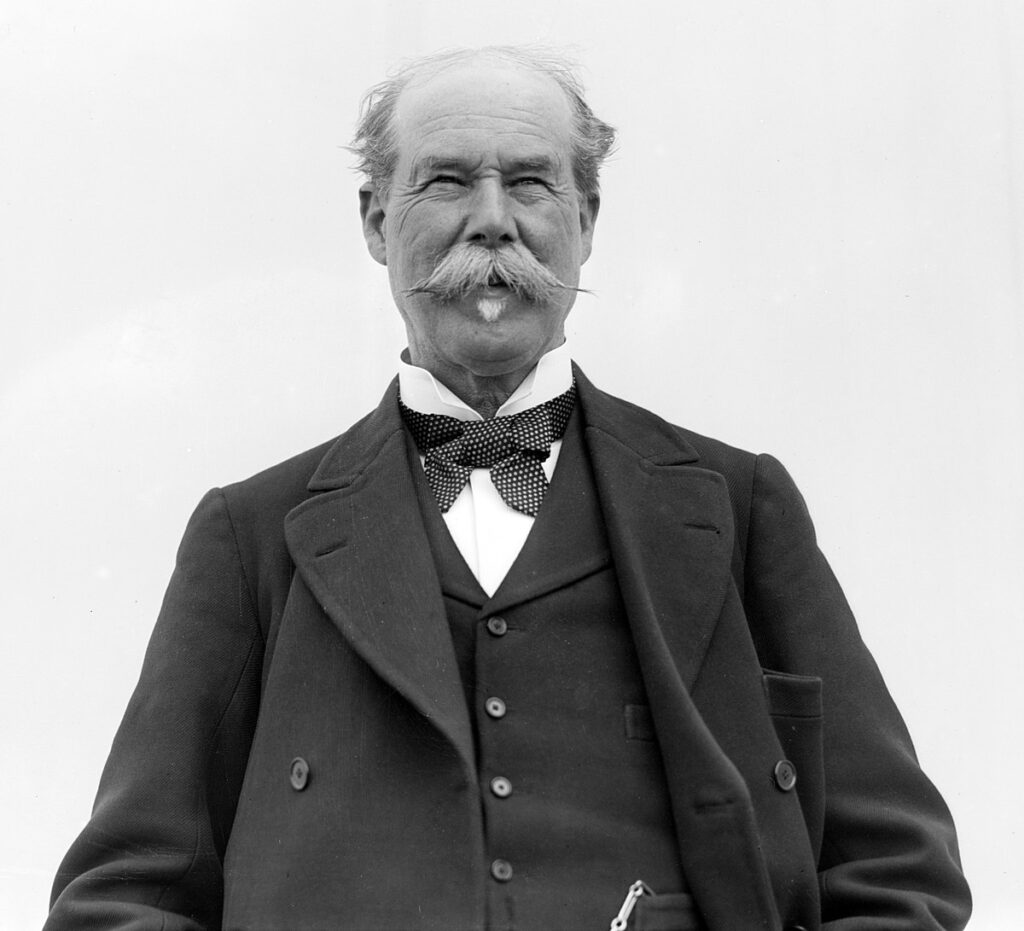Tea with Stories
Legendary Lipton’s Tea
In honor of Sir Thomas Lipton’s incredible journey, AZ Teas proudly presents The Legendary Lipton’s Tea:
A tribute blend crafted using authentic Ceylon leaves, sourced from the same rich terroir that captivated Lipton himself.
Each cup tells a story, a story of bold vision, adventure, and a commitment to bringing the world’s finest tea to every table.
Raise your cup to the man who made tea a pleasure for all:
Sir Thomas Lipton — the Legendary Merchant of Ceylon Tea.
The Story of Thomas Lipton: The Man Who Made Tea for Everyone
Sir Thomas Johnstone Lipton was born in 1848 in Glasgow, Scotland, to humble Irish immigrant parents. From a young age, Lipton learned the value of hard work. His first jobs were modest, working on a steamer ship and later as a grocery assistant, but they taught him the basics of trade and business. He even spent some adventurous years in America, working in fields as varied as tobacco plantations and department stores, before returning to Scotland in the 1870s.
Upon his return, Lipton opened his first grocery store in Glasgow in 1871. His sharp business mind, combined with colorful marketing tactics, including using shopfronts with live animals and hosting extravagant events, quickly expanded his business into a successful chain across the United Kingdom.
But it was tea that would make Thomas Lipton a legend.
At that time, tea was a luxury, enjoyed only by the wealthy. Lipton had a vision: make high-quality tea affordable for the everyday person. However, there was a problem. By the late 19th century, the British tea trade was controlled by middlemen, and prices were high. Lipton realized that to bring prices down, and quality up, he needed to control the source.
The Turning Point: Ceylon Tea
In 1890, Thomas Lipton turned his attention to Ceylon (present-day Sri Lanka). Ceylon had recently undergone a major transformation: its coffee plantations had been devastated by a fungal disease called coffee rust, forcing planters to look for alternative crops. Tea — hardy and well-suited to Ceylon’s climate, was the answer. The country’s young tea industry was flourishing, but it was still somewhat chaotic and underdeveloped.
Lipton saw an extraordinary opportunity.
Rather than simply buying tea through London brokers like everyone else, Lipton traveled to Ceylon himself. There, he purchased multiple tea estates outright, including some from well-known planters like James Taylor, one of the pioneers of Ceylon tea, and built his own direct supply chain. This was revolutionary: Lipton eliminated the middlemen, guaranteeing not only fresher, better-quality tea, but also drastically lower costs.
He famously declared that he could now sell “Direct from the tea garden to the teapot.” This simple but powerful promise transformed tea from a luxury to an everyday pleasure for the working class.
Marketing Genius and Global Fame
Never one to do things halfway, Lipton combined his new Ceylon tea operations with dazzling marketing. He branded his product simply as Lipton’s Tea, packaged it attractively, and promoted it widely with slogans like:
- “From the Garden to the Cup”
- “Direct from the Tea Gardens of Ceylon to the Breakfast Tables of the World”
He used colorful posters, catchy jingles, and even sailed yachts bearing the Lipton name in America’s Cup races to boost his brand visibility worldwide.
The bright yellow packaging , symbolizing freshness, energy, and optimism, became iconic.
By the early 1900s, Lipton’s tea was sold everywhere: across Britain, the United States, and the world. His tea was famous for its Ceylon origin, and Lipton himself was knighted by Queen Victoria, later receiving a baronetcy in recognition of his contributions to trade and society.
He became a beloved public figure, celebrated not only for his business success but for his generous philanthropic works, supporting hospitals, sports initiatives, and community projects.
Lipton’s Enduring Legacy in Ceylon and Tea Culture
Today, Thomas Lipton is remembered as one of the greatest champions of Ceylon tea. He helped cement Ceylon’s reputation for producing some of the world’s finest teas and played a major role in establishing tea as a staple of global culture.
Lipton’s bold idea, that everyone, not just the elite, should enjoy fine tea, revolutionized the industry forever.
Though the Lipton brand has evolved and expanded, the heart of its story remains deeply connected to the misty highlands of Ceylon, where the rich soils, cool temperatures, and gentle rains create teas of unmatched brightness and character, just as Lipton discovered over 130 years ago.
Liptons Footagae
Liptons Story
Estate Images and Footage




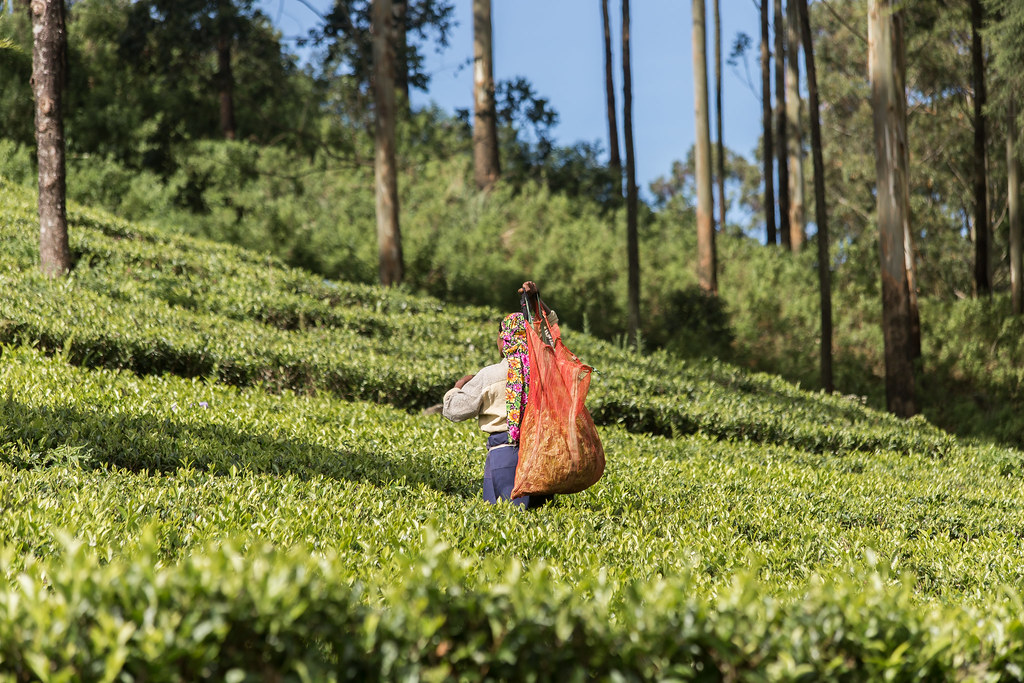

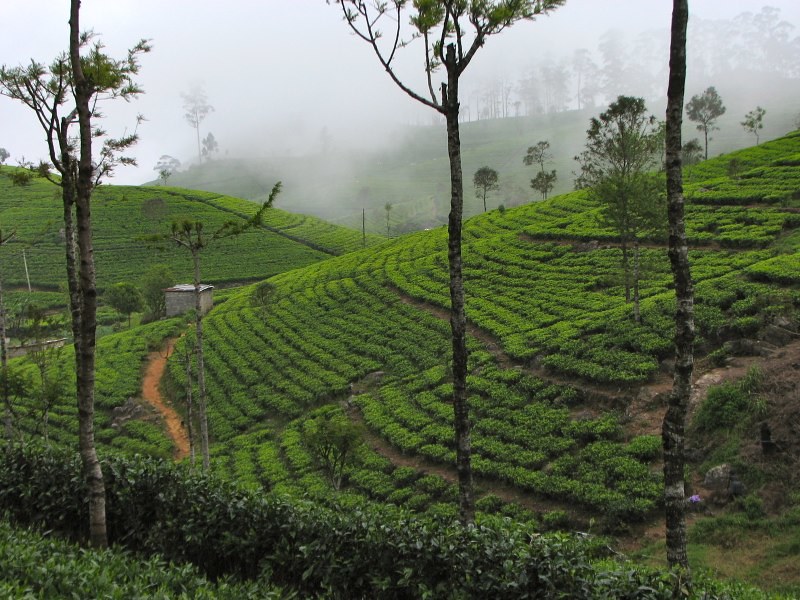
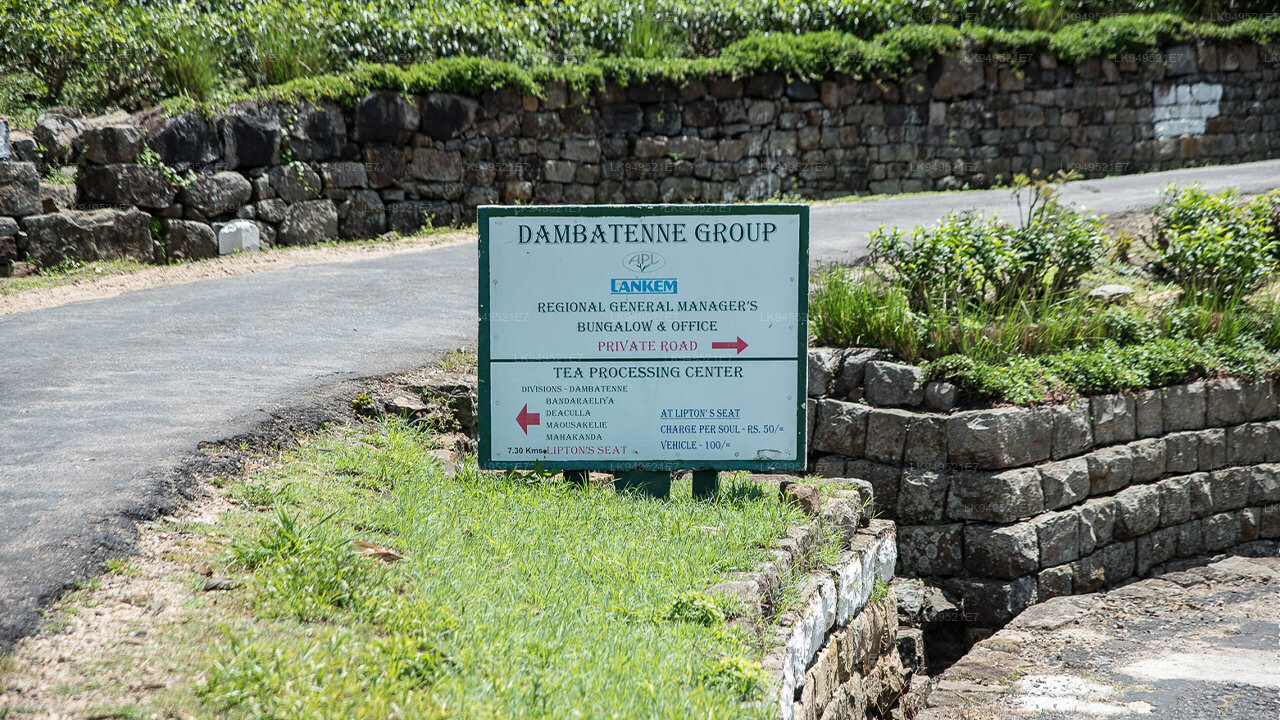
The Legend of James Taylor: The Man Who Brought Ceylon Tea to the World
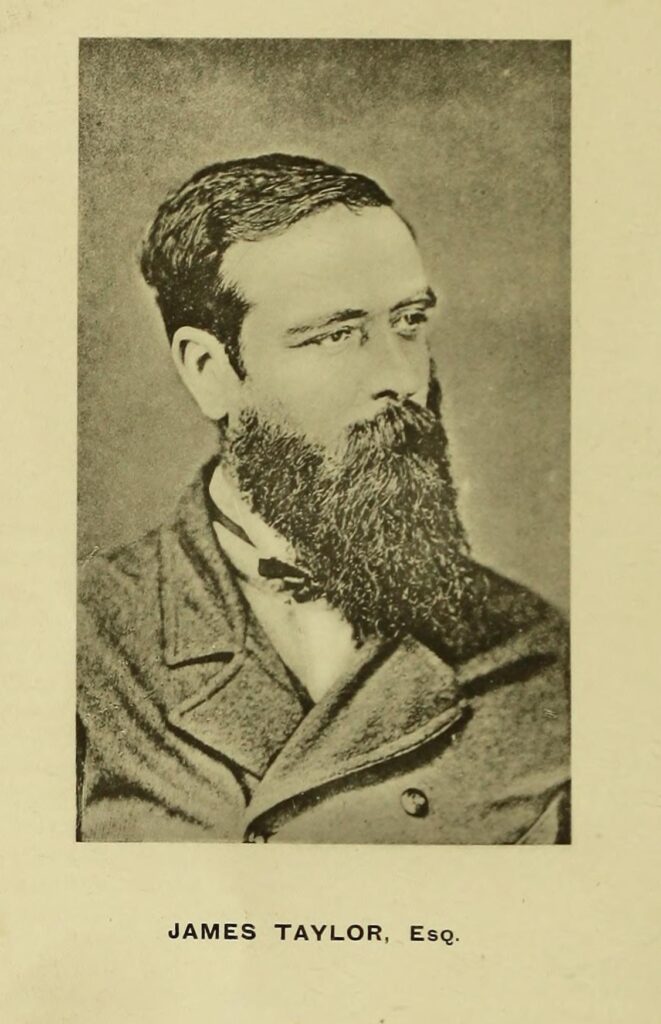
In the misty hills of British Ceylon, a young Scotsman named James Taylor planted not just seeds in the earth, but the very foundation of what would become one of the world’s most celebrated tea industries. His story is woven deeply into the legacy of Ceylon tea, a story of vision, perseverance, and quiet, steadfast passion.
Born in 1835 in Kincardineshire, Scotland, James Taylor set out for Ceylon (now Sri Lanka) at the young age of 16. In 1852, he arrived in a land rich in tropical promise but undergoing economic uncertainty. At the time, coffee was king in Ceylon; vast plantations stretched across the highlands, supplying Europe’s growing coffee thirst.
Taylor was first assigned to Loolecondera Estate in the central highlands, near Kandy. He threw himself into learning about plantation management. But fate had a different plan. A few years later, the Ceylon coffee industry was devastated by a deadly fungus known as coffee leaf rust (Hemileia vastatrix). By the early 1860s, plantation owners faced ruin. They needed a new crop, something resilient, valuable, and suited to the island’s fertile hills.
Tea was the answer.
Encouraged by the British government and colonial officials, Taylor took it upon himself to experiment with this unfamiliar plant. In 1867, at Loolecondera, he planted a modest 19 acres of tea bushes. It was a gamble, one that demanded patience, innovation, and resilience.
Taylor’s commitment to mastering tea cultivation was extraordinary. He built a small tea factory on the estate, studying every step of tea processing: plucking, withering, rolling, fermenting, and firing. His techniques were simple but precise, done by hand, with meticulous care. By 1872, Taylor had produced Ceylon’s first official tea shipment, sending a small consignment to the London auction market. It was a success.
The world had tasted the future of Ceylon.
From there, tea cultivation spread like wildfire across the highlands. Estates once devoted to coffee transformed into thriving tea gardens. Taylor’s humble experiment triggered an economic revolution, within a few decades, Ceylon tea would become one of the most sought-after teas globally, a standard of quality and flavor.
Yet, despite his monumental achievement, James Taylor remained a humble figure. He never sought fame or fortune. He lived simply, among the rolling hills and misty mornings of Loolecondera, endlessly perfecting his craft, mentoring others, and ensuring that the Ceylon tea industry would be built on excellence.
Sadly, in 1892, at just 57 years old, Taylor died alone at Loolecondera after being dismissed by the plantation owners who now sought bigger commercial gains. Despite this tragic end, his legacy lived on. The hills he once walked are now filled with lush tea gardens, and every sip of Ceylon tea carries the imprint of his life’s work.
James Taylor is, without a doubt, the father of Ceylon Tea.
Today, at AZ Teas, we honor his incredible journey with The Legends Tea, a tribute to the man who turned a failing colony into a tea empire and gifted the world the pure, rich flavors of Ceylon. When you sip The Legends Tea, you sip a piece of history, a celebration of dedication, humility, and the enduring spirit of a true pioneer.
Story of James Taylor
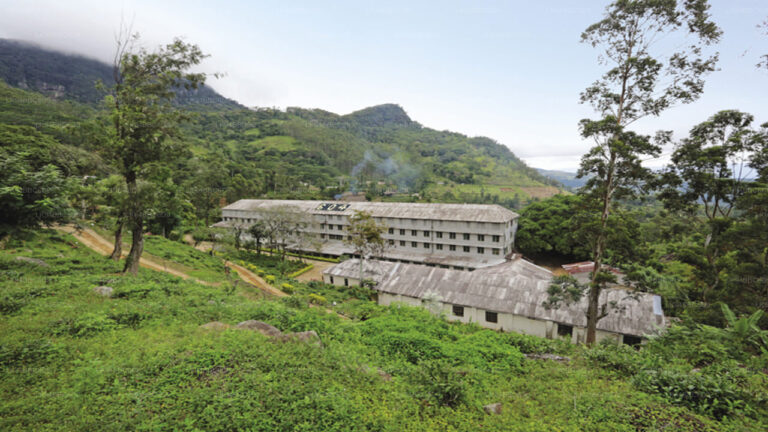


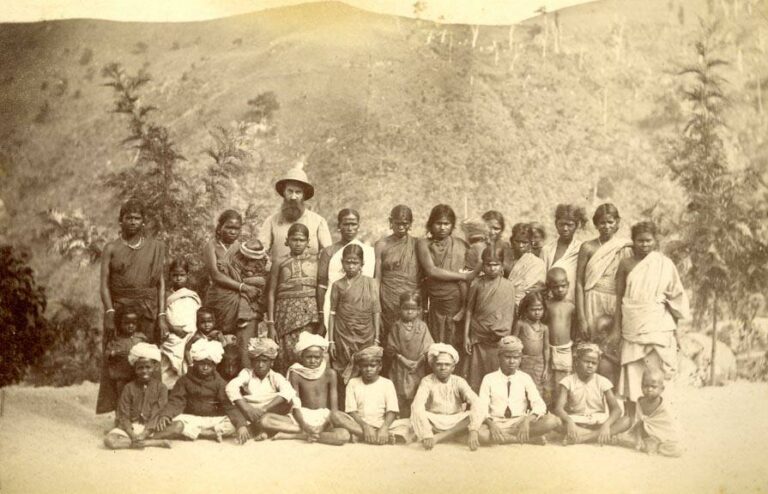
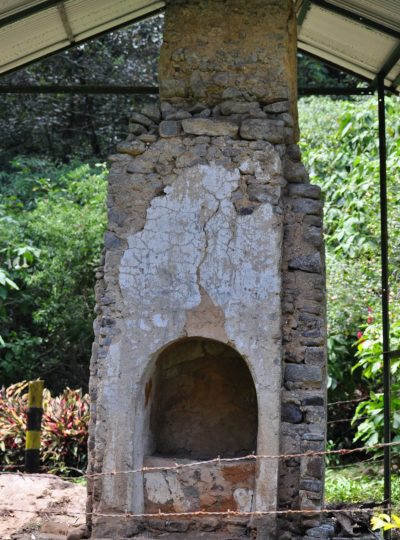
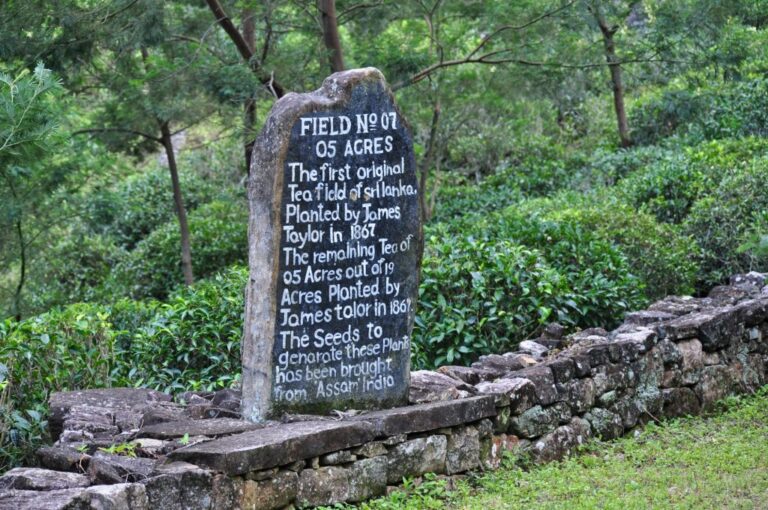



The Story of Earl Grey Tea
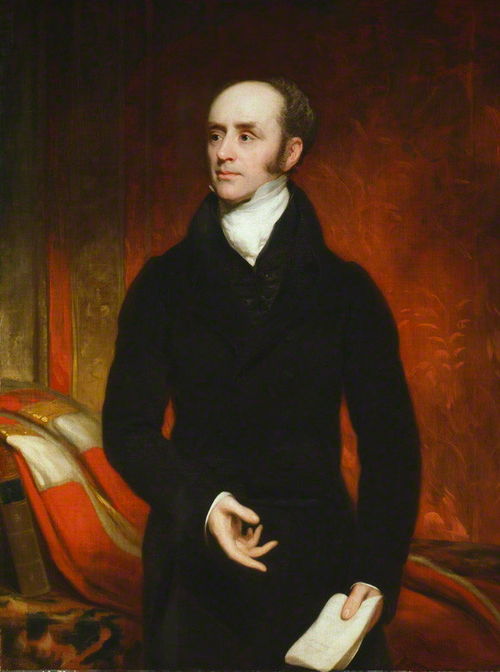
The story of Earl Grey tea is steeped in history, mystery, and legend, much like the tea itself. Often considered one of the most beloved flavored teas worldwide, its roots trace back to the early 19th century and are closely linked to British Prime Minister Charles Grey, for whom the tea is named.
The Origins of Earl Grey Tea
The tale begins with Charles Grey, the 2nd Earl Grey, who served as the British Prime Minister from 1830 to 1834. As the legend goes, Earl Grey was presented with a gift of tea by a Chinese mandarin, who gifted him a special blend flavored with oil from the bergamot orange. The story suggests that the tea was created to offset the natural taste of the water in the Grey family estate, Howick Hall, which was often described as being too alkaline and difficult to brew tea in. The citrusy flavor of the bergamot was said to enhance the tea’s overall flavor and mask any unwanted notes from the water.
The Mystery of the Mandarins
While the tale of the Chinese mandarin and the gift to Earl Grey has become widely accepted, there is more to the story. Some historians believe the connection to China is merely a part of folklore, and that Earl Grey tea might actually have been created by a tea merchant in London. The most commonly cited figure in this theory is a man named Richard Twining, who was well-known in the 19th century for importing and blending premium teas. It’s possible that he, or another tea merchant, was inspired by the taste of bergamot and decided to blend it with black tea, creating the distinctive flavor we associate with Earl Grey today.
Despite the varying accounts of its origins, what remains constant is the iconic flavor of the tea, which has been adored by tea drinkers for generations.
The Ingredients and Brewing Process
Traditional Earl Grey tea is made using black tea leaves, usually from Assam, Ceylon, or a blend of various black teas, flavored with oil extracted from the rind of the bergamot orange, a citrus fruit originally from Southeast Asia. The addition of bergamot oil gives Earl Grey its signature aromatic fragrance and slightly tart, citrusy flavor profile, which is both refreshing and fragrant.
Earl Grey tea is typically brewed with boiling water for about 3 to 5 minutes, depending on how strong one likes the tea. A common way to enjoy Earl Grey is with a splash of milk or a slice of lemon, although some prefer to drink it plain, savoring the citrusy notes. The blend pairs well with light pastries, shortbread, or scones, making it a traditional afternoon tea favorite.
The Rise of Earl Grey Tea in Popular Culture
Earl Grey tea grew in popularity throughout the 19th century, particularly in the United Kingdom, where it became a symbol of aristocratic tea culture. By the 20th century, it had spread globally, and variations of Earl Grey began to emerge, including those using green or white teas instead of black, or incorporating other flavors such as lavender or vanilla.
In the modern world, Earl Grey has continued to be a favorite among tea enthusiasts, and its influence has even reached pop culture. The famed “Star Trek” character Captain Jean-Luc Picard was often seen drinking Earl Grey tea, which cemented its place as a symbol of refined taste. The blend also appears in literature, television, and art, adding to its enduring legacy.


